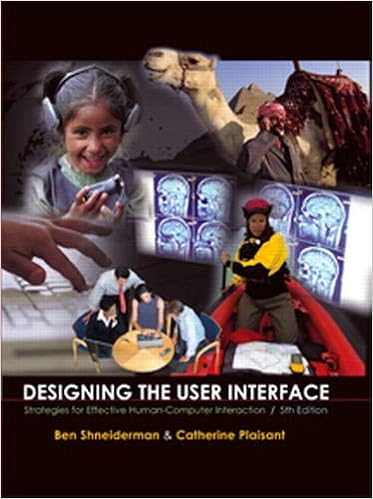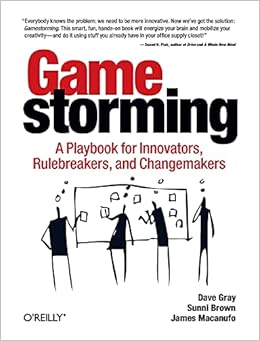100 Things Every Designer Needs to Know About People (Voices That Matter) (2011)

This book covers most of the topics in psychology needed for understanding people and being able to design for them. Each of a hundred chapters in the book is based on research in the field, and there are also (several) examples of using the research outcomes in practical cases. Definitely worth reading, especially for designers!
About Face 3: The Essentials of Interaction Design (2007)

Alan Cooper is expert in interaction design and the creator of personas used by designers to model users. This book provides comprehensive overview of interaction design techniques - containing qualitative research methods, working with user scenarios and product stories, personas, user requirements, and overall design process.
Designing Interactions (2007)

Hefty 800-pages book by Bill Moggridge, the founder of IDEO, contains short essays about product and interaction design. These essays explain the reasoning behind the shapes and functionalities of well-known design artifacts such as the first ocmputer mouse, early Mac computers, or Google website. These examples show the reader what are the key principles leading to well-designed product.
Designing the User Interface: Strategies for Effective Human-Computer Interaction (5th Edition) (2009)

Ultimate reference book covering all areas of human-computer interaction (HCI) practice and research. The book also provides amount of references for further reading in all discussed topics. This book should not be missed by anybody interested in HCI - from novices to skilled professionals.
Designing with the Mind in Mind: Simple Guide to Understanding User Interface Design Rules (2010)

Great book for all people designing and implementing user interfaces (UI). The book describes how to effectively apply aspects of psychology and human factors in designing UIs. The book provides comprehensive overview of good (and bad) practices in UI design. Worth reading for HCI experts as well as interaction designers, UX designers and industrial designers. Contains a lot of examples and practical application of psychology on design.
Don't Make Me Think: A Common Sense Approach to Web Usability, 2nd Edition (2005)

This book shows designers how to put themselves in a position of the website visitor, and how to understand what users like to do and what they hate. Many practical examples demonstrate how to apply usability principles in webdesign, and what is the positive effect on visitors consequently.
Gamestorming: A Playbook for Innovators, Rulebreakers, and Changemakers (2010)

The book consists of description of games that help tems collaborate, and perform better through shared engagement and game-supported group creativity. Following the techniques described in the book can help designers and developers overcome lack of creativity, efficient communication, understanding end user and incorporate enjoyment in their products.
HCI Models, Theories and Frameworks: Toward a Multidisciplinary Science (2003)

The book covers many disciplines relevant to multidisciplinary field of human-computer interaction (HCI) and provides a comprehensive guide through all of them. Author addresses both technical and socio-psychological parts of HCI in understandable manner for both novices and professionals in the field.
Human-Computer Interaction (2003)

One of the best books covering broad field of human-computer interaction (HCI) and relevant sub-fields. This book is essential source of information especially for all newcomers in the field of HCI. Technical aspects of HCI are covered deeply enough, and in well understandable way at the same time. Nowadays some parts of the book may seem a bit outdated. However, the important ground of HCI are still relevant and well covered.
Human-Computer Interaction Handbook: Fundamentals, Evolving Technologies, and Emerging Applications, Third Edition (Human Factors and Ergonomics) (2012)

Comprehensive coverage of all the issues and topics related to human-computer interaction (HCI), designing user interfaces, and interactions. The third edition updates the successful previous version for latest research findings and trends in the field.
